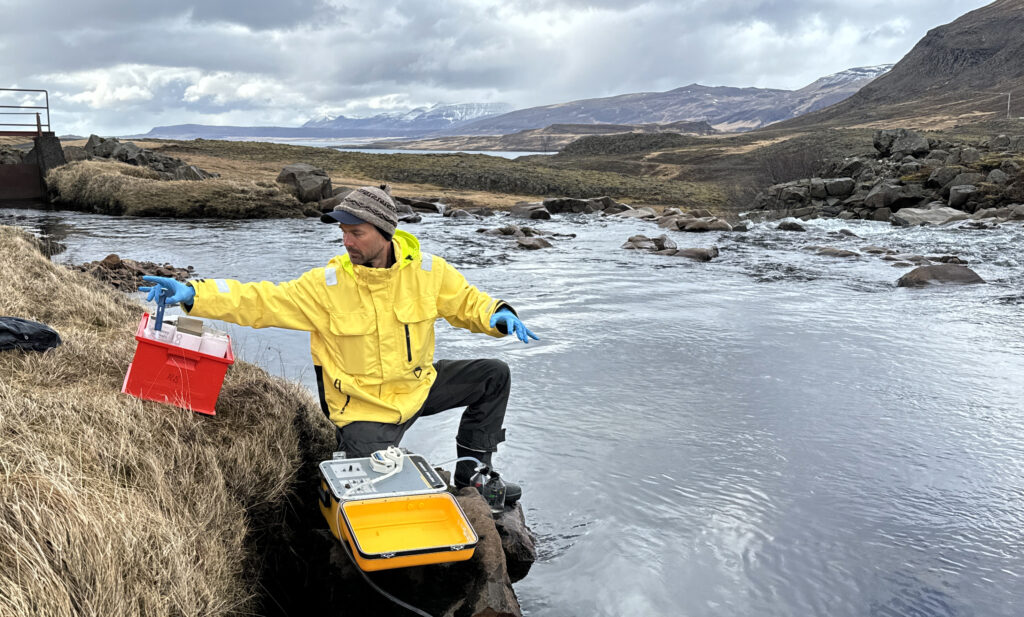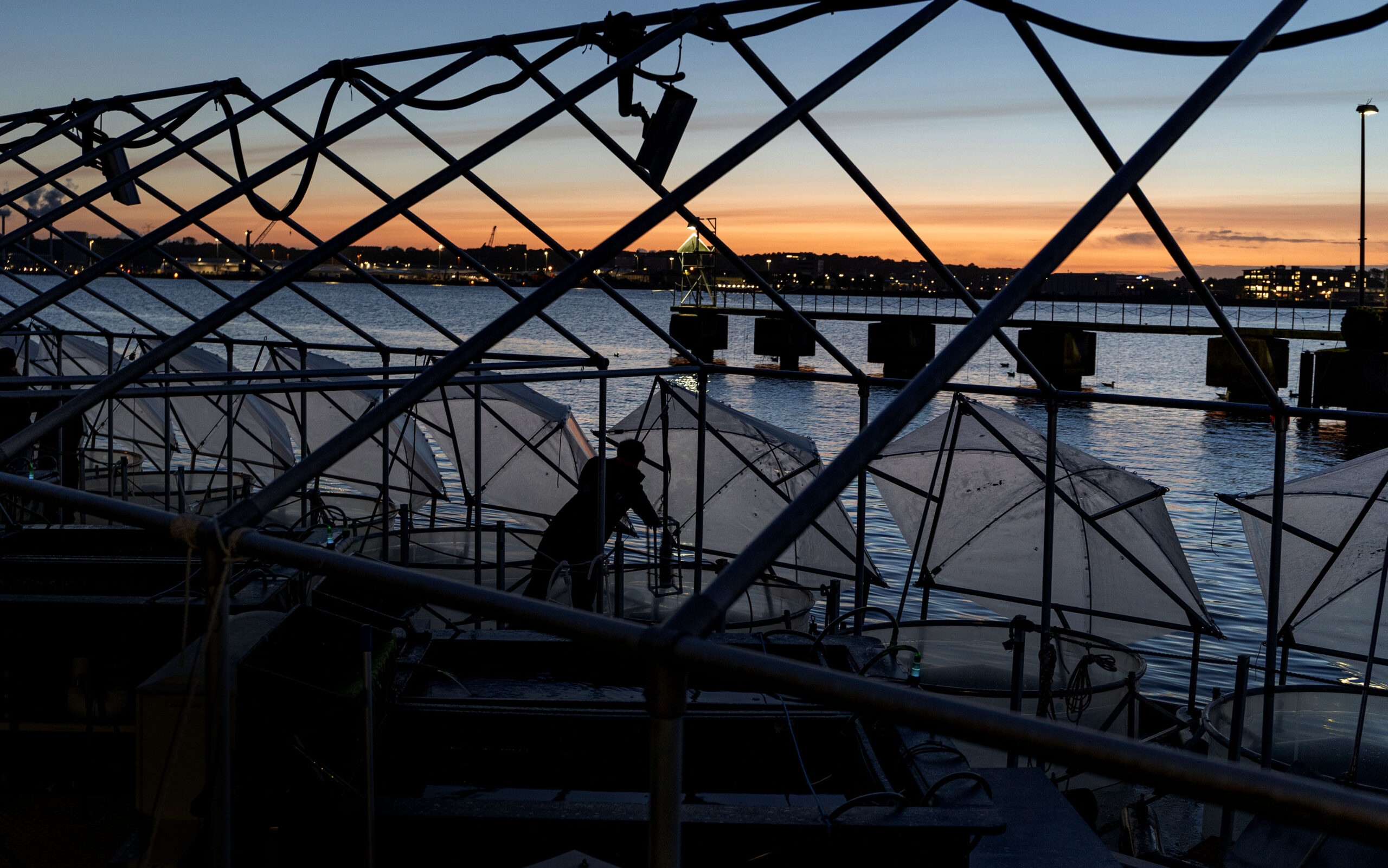
Why is it important to research ocean alkalinity enhancement?
To avoid the worst effects of climate change, we must reduce carbon dioxide emissions and also remove carbon dioxide already emitted into the atmosphere.
Ocean alkalinity enhancement (OAE) is emerging as one of the most promising carbon dioxide removal (CDR) approaches. Because the ocean covers 70 percent of the planet, and the simplicity of the chemical process, OAE has the potential to lock carbon dioxide into a stable form for more than 10,000 years. The National Oceanic and Atmospheric Administration has identified OAE not only as a high-potential form of CDR with high duration of storage, but also as potentially cost-effective.
OAE uses seawater’s natural chemistry to convert dissolved CO₂ into carbonate and bicarbonate, allowing the ocean to absorb more CO₂.
Alkalinity measures seawater’s capacity to neutralize acid. Raising it slightly begins a process that allows seawater to absorb more CO₂ from the atmosphere and be stored as carbonate and bicarbonate, adding to the ocean’s existing 38 trillion tons.
However, many open scientific questions about this emerging approach remain. Carbon to Sea is dedicated to investigating whether OAE can be an effective, safe, affordable, and climate-relevant solution.
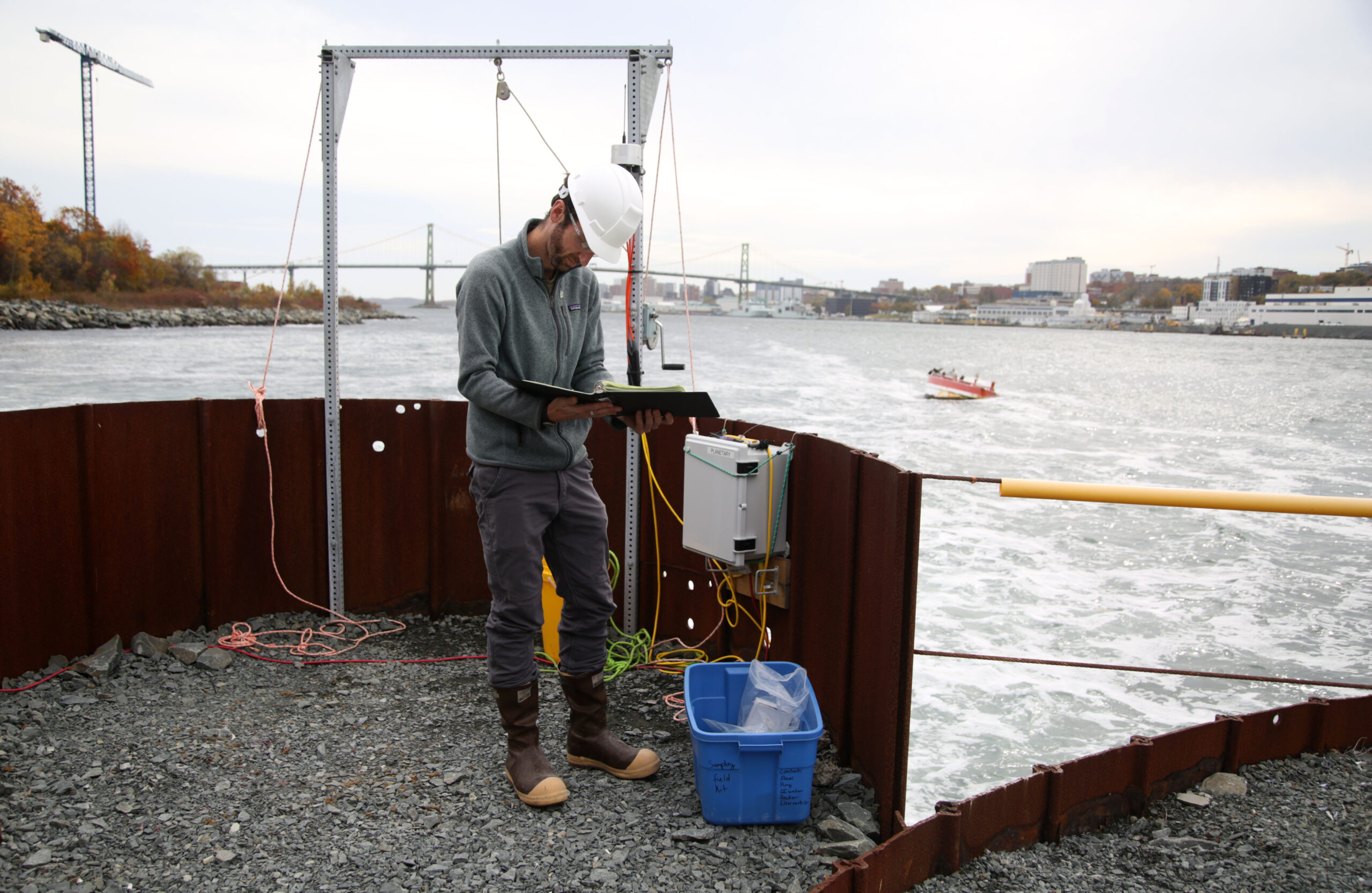
Why is carbon dioxide removal necessary?
We failed to stop polluting fast enough. Now, according to the Intergovernmental Panel on Climate Change (IPCC), massive amounts of carbon dioxide removal must be part of the climate response alongside urgent and drastic emissions reductions to prevent the worst impacts of climate change.

All pathways that limit global warming to 1.5°C … project the use of carbon dioxide removal (CDR) on the order of 100–1000 Gt CO2 over the 21st century
Intergovernmental Panel on Climate Change (IPCC)
We don’t currently have the knowledge nor the pace of innovation needed to remove the necessary levels of carbon dioxide.
Only about .0008 gigatons have been successfully removed. To meet our climate goals, CDR must increase by a factor of 5,000 in the next 25 years. In order to reach this CDR goal, a portfolio of sustainable, safe, and effective carbon removal approaches will be needed.
Ocean alkalinity enhancement has many factors that may make it an ideal CDR approach.
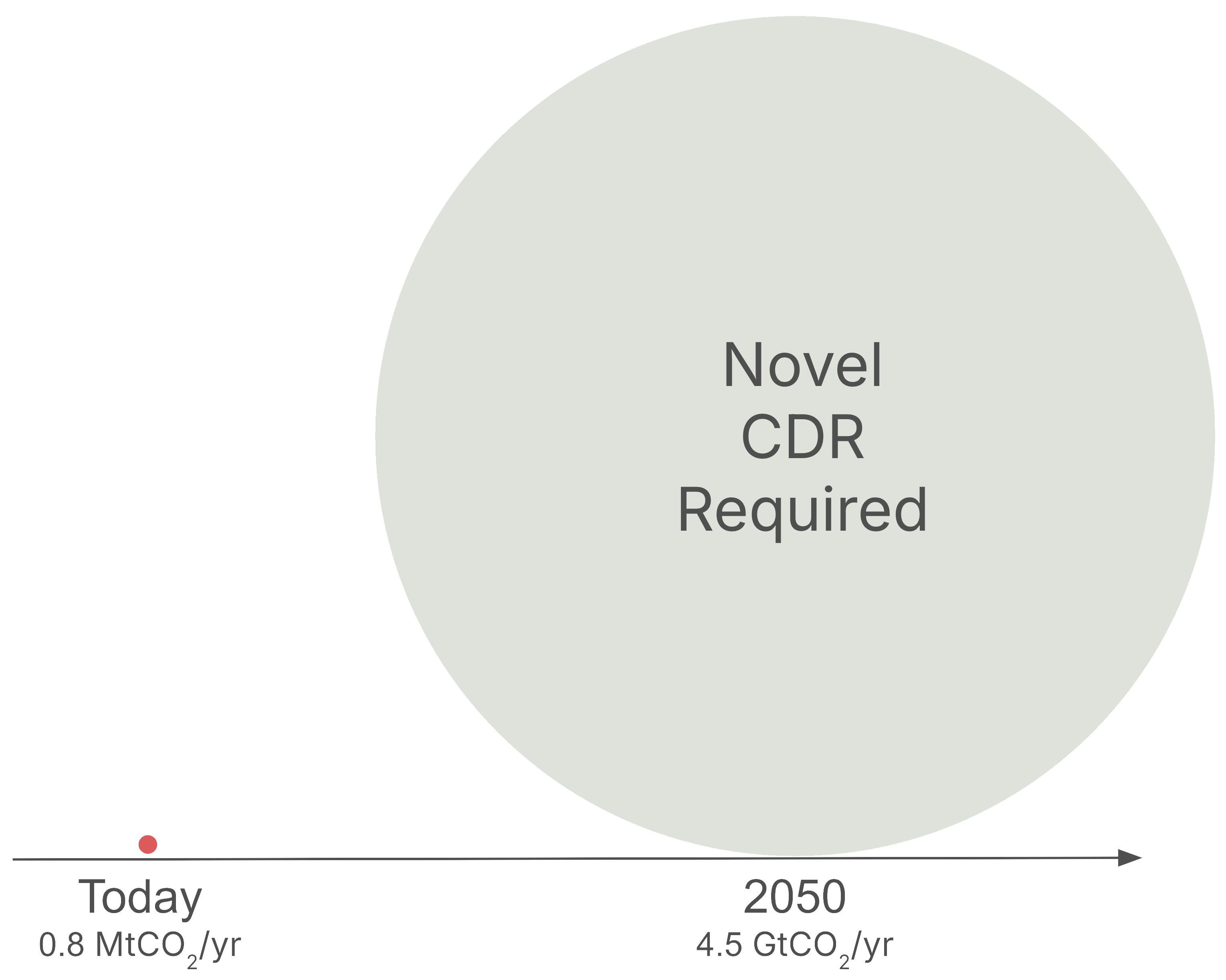
What makes OAE so promising?
There are multiple advantages that set OAE apart from other methods of carbon removal.
Can the ocean help us mitigate climate change?
The ocean covers more than 70% of the Earth’s surface and currently holds more than 50 times the amount of carbon dioxide than the atmosphere. Along the entire surface of the ocean, the water is interacting with the atmosphere and dissolving carbon dioxide from the air.
Governments have a valuable opportunity to lead the way on research support for OAE and reap the climate and economic rewards in the coming years.

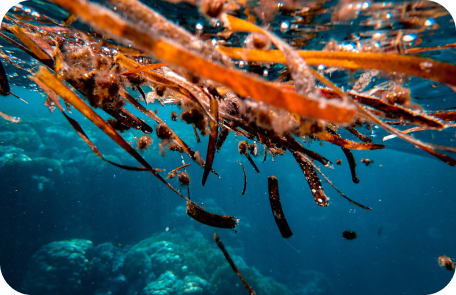
The ocean is the ultimate resting place for any carbon that comes into the atmosphere.
Dr. Adam Subhas, Woods Hole Oceanographic Institute, Oceanus
Oceans have already absorbed a lot of excess carbon dioxide. As the carbon interacts with hydrogen in the water, it forms carbonic acid in a process known as ocean acidification. As the amount of carbonic acid has increased, the water is becoming less habitable for many types of marine life.
Ocean alkalinity enhancement can help mitigate the effects of ocean acidification, sequester carbon dioxide for tens of thousands of years, and allow the oceans to pull more carbon dioxide out of the atmosphere. This cycle mimics a natural process known as weathering.
How does OAE relate to natural processes?
Carbon dioxide is naturally removed from the ocean in a process called weathering. Over time, rocks are broken down into tiny pieces and absorbed into the water, increasing its alkalinity.
As alkalinity increases, a process begins that allows the water to absorb more carbon dioxide from the atmosphere and be stored as carbonate and bicarbonate.
However, this process happens on a geological timescale, over the course of tens of thousands of years. The effects of climate change are increasing at a much faster rate. Ocean alkalinity enhancement seeks to enhance this natural process. If we can accelerate this process without creating adverse effects to the larger ecosystem, we could remove billions of tons of atmospheric carbon dioxide. Independent modeling suggests OAE could be one of the most effective carbon removal approaches available to the world.
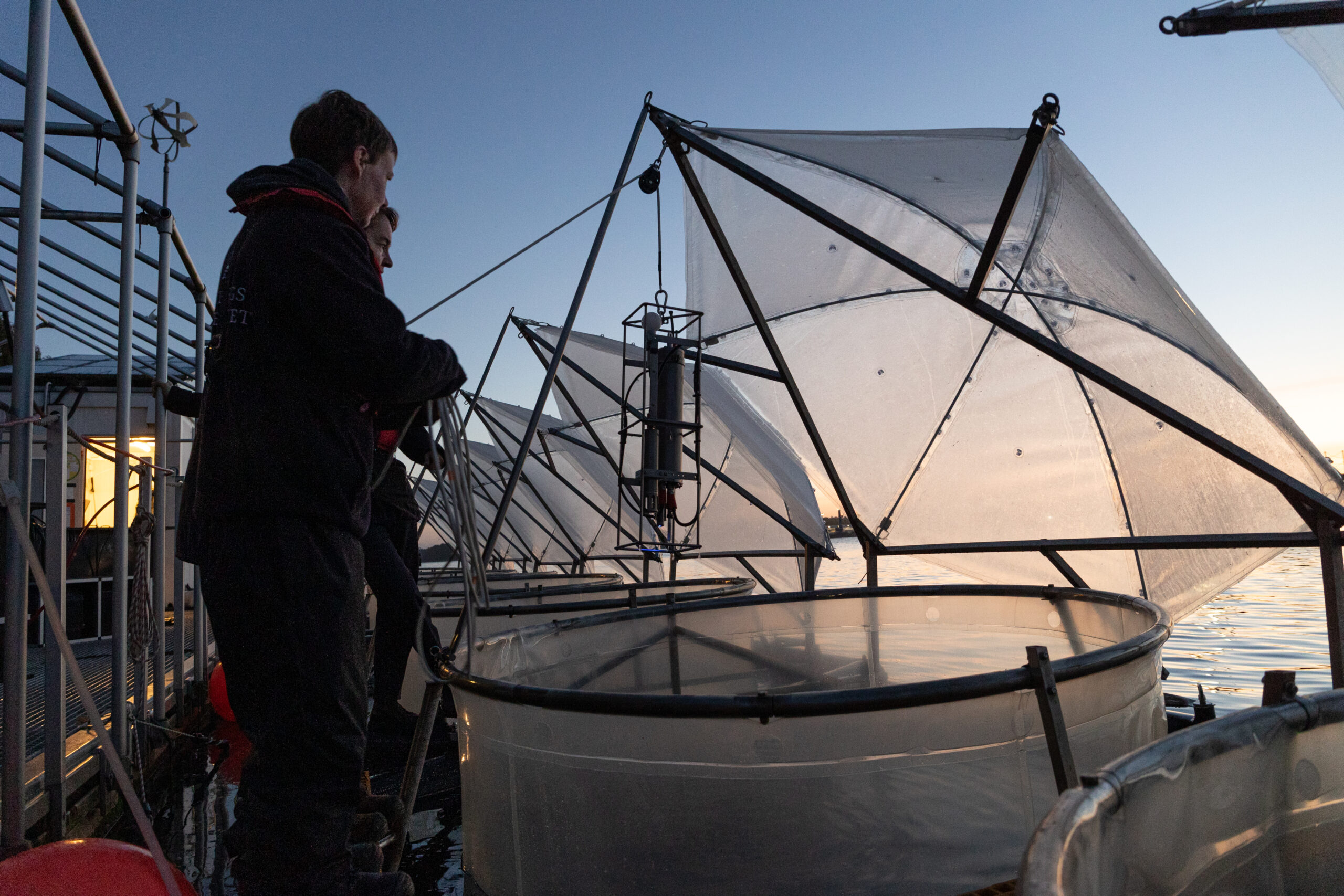
OAE is compelling due to its scalability and the long-term permanence of carbon storage it offers. By increasing seawater alkalinity, OAE helps neutralize dissolved CO₂ and enhances the ocean’s natural ability to absorb additional atmospheric CO₂ without contributing to acidification.
Dr. Antonius Gagern, Executive Director of the Carbon to Sea Initiative
There are multiple OAE pathways that could be used. For example, adding alkaline-rich rock to the ocean, or using electrochemistry to remove acidity from the seawater – therefore increasing its alkalinity. Each of these methods require different amounts of time, money, and resources, and may have varying degrees of success at scale. There is broad agreement that it’s worth exploring these methods to determine their effectiveness, safety, and long-term potential to help mitigate climate change. The science around OAE is advancing quickly, making it one of the most promising tools in combating climate change.
What comes next?
More research is needed to determine whether OAE is safe and effective at scale.
Carbon to Sea is dedicated to unlocking the ocean’s potential to mitigate climate change. The work of our team, partners, and grantees is on the cutting edge of scientific exploration to determine whether and how OAE can deliver on its exciting potential.
